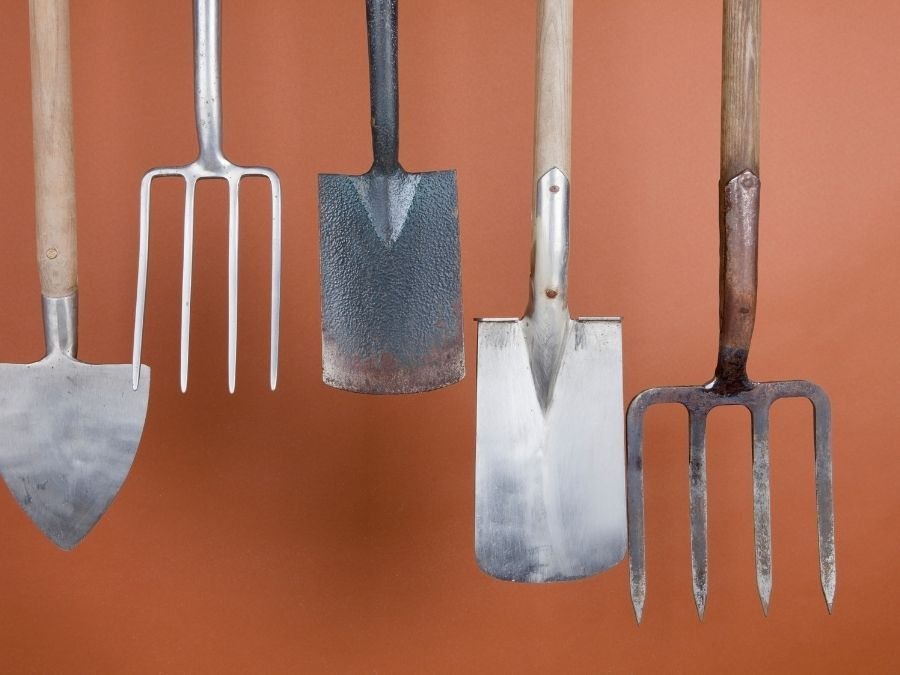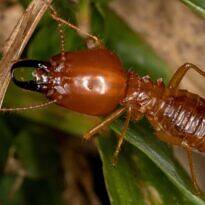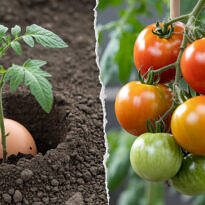Having a beautiful and well-maintained garden can bring a lot of satisfaction to those who enjoy being in touch with nature. However, achieving this requires having the right tools to efficiently perform tasks without harming the plants. In this article, we will discover the best gardening tools and how to choose the ones that suit your needs.
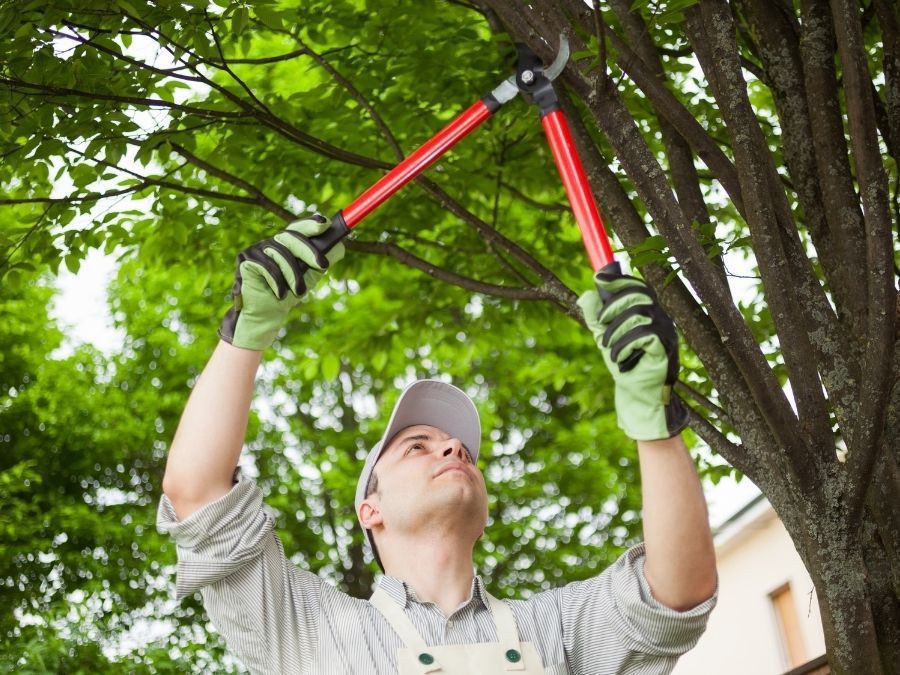
The Importance of Gardening Tools
Do you remember the last time you tried to dig a hole for a tree? Or pruned a fruit tree? Gardening tools are indispensable for garden maintenance and ensuring healthy plant growth. Moreover, having the right tools can significantly ease a gardener’s work, reducing time spent on each task. A good tool can make the difference between comfortable, fast, and efficient work, and a terrible backache resulting from lengthy and often harmful plant-aggressive tasks. An excellent example of this is pruning shears.
Pruning Shears: The Gardener’s Most Versatile Tool
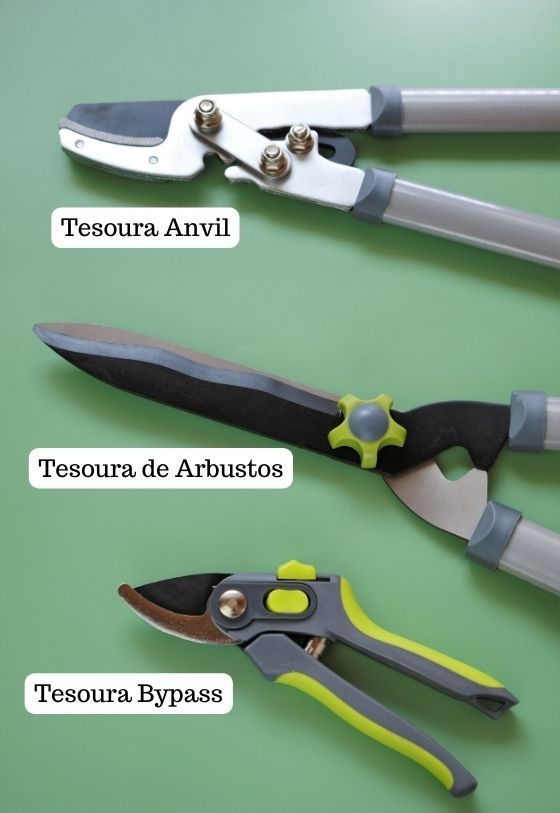
One of the most crucial tools for a gardener is the pruning shear. This tool is used to cut branches and plant twigs, and it’s incredibly versatile, suitable for various purposes. From simply removing a sick branch to more extensive pruning on shrubs, it covers it all.
Types of Pruning Shears
There are several types of pruning shears, each with its characteristics. Bypass pruning shears are perfect for cutting green and soft branches. They’re called bypass because the upper blade passes by the lower blade during cutting, similar to regular scissors. The bypass blade is usually sharper, providing cleaner and more precise cuts than other types of blades. However, it’s important to note that bypass blades are more prone to wearing out over time and might need more frequent sharpening than other blade types. Moreover, bypass blades aren’t recommended for cutting hard materials, like thick branches, as they might damage the blade.
On the other hand, anvil pruning shears are better suited for cutting hard and dry branches. The upper blade fits onto a flat and firm surface on the bottom during cutting. The anvil blade is generally sturdier than other blades and is better for cutting thicker and harder materials, such as tree branches. However, cutting with the anvil blade might not be as clean and precise as with the bypass blade. Additionally, the anvil blade might be less efficient for thinner materials, as it could damage the lower surface during cutting. Choosing the right blade type for the gardening task at hand is crucial.
Choosing the Ideal Pruning Shears
To select the ideal pruning shears, consider the maximum diameter of the branches you need to cut, as well as the intended use. If you’re using pruning shears frequently, opt for high-quality ones with sharp and durable blades. Prefer carbon steel shears with solid construction and robustness. Investing in quality pruning shears is worthwhile, as the success of your pruning directly depends on the quality of the shears. Additionally, a good pair of shears contributes to hand and muscle comfort during the activity, preventing the onset of blisters.
Spades: Unleashing Digging Power
Spades are tools used for digging and removing soil from the ground. They are essential for planting seedlings and seeds, digging holes for trees and shrubs, and even maintaining the garden, such as defining grass beds. Spades also help turn compost piles, load carts with substrate, and handle various other tasks.
Types of Spades
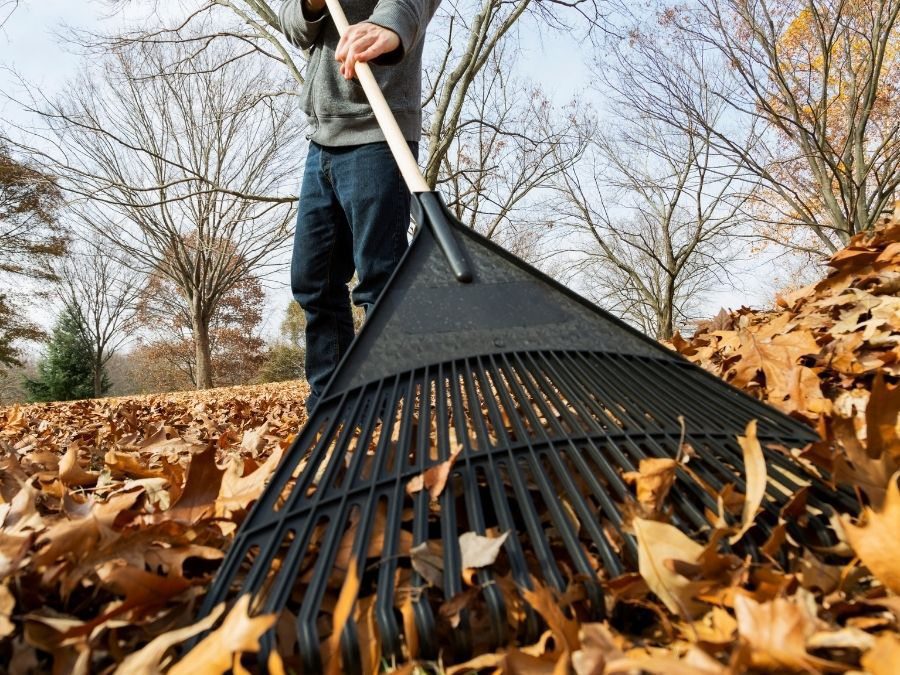 There are different types of spades available, each with unique characteristics. Straight spades are ideal for digging holes, removing weeds, cutting roots, dividing clumps, and transplanting plants. They’re called straight spades because their blades are flat and rectangular, with sharp edges on both sides. Choose a straight spade that’s comfortable to hold and has a blade size suitable for the task at hand. Avoid excessively lightweight spades, as the blade’s weight aids in cutting movements.
There are different types of spades available, each with unique characteristics. Straight spades are ideal for digging holes, removing weeds, cutting roots, dividing clumps, and transplanting plants. They’re called straight spades because their blades are flat and rectangular, with sharp edges on both sides. Choose a straight spade that’s comfortable to hold and has a blade size suitable for the task at hand. Avoid excessively lightweight spades, as the blade’s weight aids in cutting movements.
You can also opt for square spades, resembling straight spades but featuring a more rectangular edge and a wider tip. They’re often used for digging holes and trenches, particularly for larger projects. Square spades excel in tasks demanding more force and pressure, such as digging hard soil or removing roots. They can also spread and level soil. However, square spades might be trickier to handle than straight spades and might not be as precise for delicate tasks. Choosing the right tool for your gardening task is vital, using the correct technique to minimize the risk of injuries.
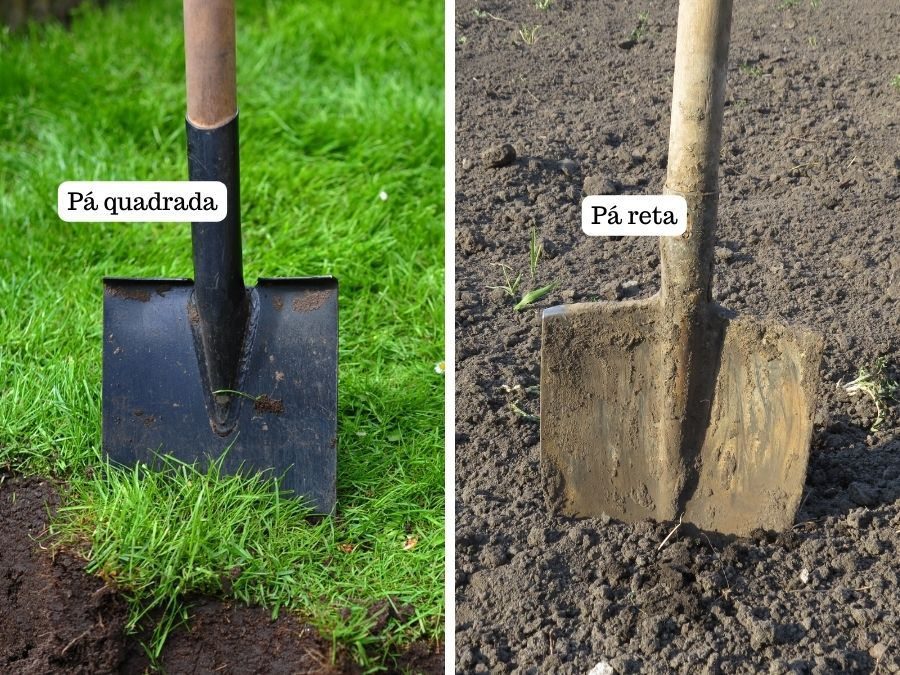
- Transplanting spade: featuring a smaller and narrower blade than a straight spade, making it perfect for transplanting seedlings and plants.
- Hand trowel: a small spade with a narrow blade and a short handle, useful for digging small holes, transplanting potted plants, and other precision tasks.
- Pointed spade: characterized by a sharp and pointed blade, ideal for digging in hard and compact soil.
- Gardener’s spade: a large, rectangular spade with a serrated edge, helpful for digging, cutting roots, and removing weeds.
- Planting spade: featuring a smaller blade than a squarespade but wider than a transplanting spade. Ideal for digging holes to plant bulbs and other small plants.
- Articulated spade: an adjustable spade that can be set at different angles, suitable for digging in hard-to-reach areas, such as beneath shrubs or in narrow spaces.
Each type of spade is designed for a specific gardening task, and it’s essential to choose the right tool for the job. Moreover, proper care of your gardening tools is crucial, ensuring they remain clean and sharp for optimal performance.
Choosing the Ideal Spade
When selecting the perfect spade, consider the intended use and the size of the area you need to dig. Opt for high-quality spades with sturdy handles and sharp blades for more efficient and durable work. Be attentive when evaluating the tool’s handle, avoiding low-quality, splinter-filled light woods that could harm your skin. Some spades have rubberized grips that offer more comfortable handling. Pay attention to blade quality as well, avoiding poor-quality metal alloys that might chip or break, as well as iron, which rusts quickly.
Rakes: Making the Soil Even
Rakes are tools used to level the ground after soil preparation for planting. They remove stones, debris, and dead leaves from the soil.
Types of Rakes
 There are two main types of rakes: garden rakes and lawn rakes. A lawn rake is specifically designed for dealing with cut grass and other lightweight debris from lawns and gardens. It has short and closely spaced tines that help gather cut grass and other debris, such as leaves and small branches, making garden cleaning easier. Lawn rakes are usually lighter and smaller than garden rakes, suitable for use in smaller areas.
There are two main types of rakes: garden rakes and lawn rakes. A lawn rake is specifically designed for dealing with cut grass and other lightweight debris from lawns and gardens. It has short and closely spaced tines that help gather cut grass and other debris, such as leaves and small branches, making garden cleaning easier. Lawn rakes are usually lighter and smaller than garden rakes, suitable for use in smaller areas.
On the other hand, a garden rake is a more versatile tool, serving a variety of gardening tasks, such as leveling soil, spreading compost and organic matter, and removing heavier debris. It features longer and spaced-out tines than a lawn rake, enabling it to handle larger debris and compacted soil. Garden rakes are generally heavier and larger than lawn rakes, making them more suitable for larger tasks and areas.
Choosing the Ideal Rake
To choose the perfect rake, consider the type of soil you’re working with. Rakes with plastic tines are ideal for soft soils, while those with steel tines are more suitable for heavier soils. Look for rakes with lightweight and preferably telescopic handles, which facilitate tool storage and handling, adapting them to various garden functions.
Hoses: The Importance of Irrigation
Irrigation is a vital aspect of garden care, and to achieve it, you need an appropriate hose. Hoses transport water to plants, so having a sturdy and durable one is essential.
Types of Hoses
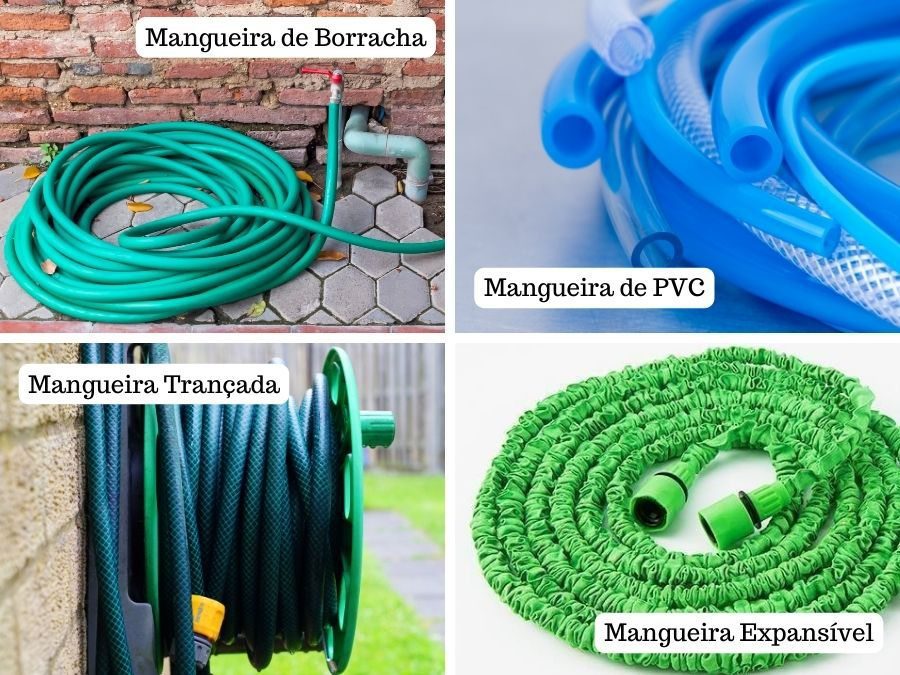 Various types of hoses are available in the market, ranging from PVC hoses to more robust rubber hoses. PVC hoses are lightweight and budget-friendly, but they can break easily. In contrast, rubber hoses are more resistant and durable but tend to be more expensive.
Various types of hoses are available in the market, ranging from PVC hoses to more robust rubber hoses. PVC hoses are lightweight and budget-friendly, but they can break easily. In contrast, rubber hoses are more resistant and durable but tend to be more expensive.
Aside from PVC and rubber hoses, two other types commonly used in gardening are expandable hoses and braided hoses.
Expandable hoses are made of an elastic material that expands when water is turned on. They are lightweight and easy to handle, retracting to their original size when the water is turned off. These hoses are ideal for those with limited storage space, as they can be easily coiled and stored in smaller areas.
Braided hoses are made with multiple layers of robust materials, providing enhanced durability and resistance to cuts and tears. They are suitable for heavier tasks, such as irrigating large gardens or vegetable plots, due to their ability to handle water pressure and resist damage from sharp objects. While braided hoses tend to be heavier than other types, their durability and resilience outweigh this factor.
Regardless of the hose type chosen, remember to care for them properly. Store them in dry places, away from sunlight, avoid excessive twisting and bending, and prevent stepping on them or placing heavy objects on them to prolong their lifespan.
Choosing the Ideal Hose
To choose the perfect hose, consider its intended purpose, shape, storage space, and durability. Thicker hoses are usually more resistant, though they might be heavier. Additionally, opt for hoses with quality connections to prevent leaks.
Other Essential Gardening Tools
In addition to the tools mentioned above, other essential tools for gardeners include hoes, watering cans, and sprayers. Hoes are used for digging soil, while watering cans help irrigate smaller areas. Sprayers are used to apply fertilizers and pesticides to plants.
Caring for Your Gardening Tools
Like any other tools, your gardening tools need proper care to last a long time. Regular maintenance can extend their lifespan and reduce the need for frequent replacements.
To maintain your gardening tools in good condition, follow some basic care tips. Firstly, clean the tools after each use. This not only keeps the tools clean and free from debris but also prevents corrosion.
You can clean your tools with mild soap and water or a specific cleaning solution for gardening tools. Ensure the tools are completely dry before storing them, especially if
you live in a humid area where they could rust more easily.
In addition to regular cleaning, it’s a good idea to lubricate the tools from time to time. Apply machine oil or mineral oil to the blades of pruning shears and grass shears. This helps keep the blades sharp and reduces friction, which can lead to tool damage.
When storing your gardening tools, keep them in a dry and secure location. This can help prevent the tools from being damaged or stolen. You can store your tools in a toolbox, on a shelf, or in a cabinet.
By following these basic care tips, your gardening tools should last a long time and make gardening a pleasant and efficient activity. Remember that well-maintained tools are safer to use and can help prevent injuries.
Gardening tools are essential for maintaining a beautiful and healthy garden. From pruning shears and rakes to hoses and sprayers, there are many tools available to help you care for your garden.
When choosing the right gardening tools for your needs, it’s important to consider the type of work you’ll be doing, the size of your garden, and your budget. Keep in mind that quality tools generally last longer and offer better performance.
After selecting your tools, remember to care for them properly. This includes regular cleaning, lubrication, and proper storage. With the right care, your gardening tools should last a long time and help make gardening a enjoyable and rewarding experience.

